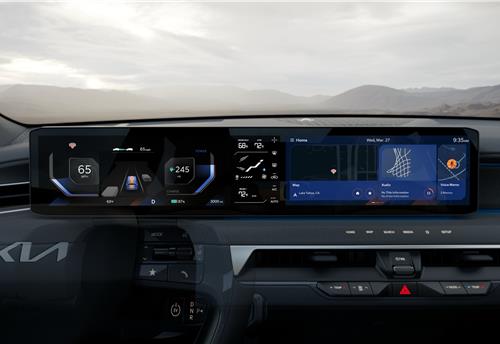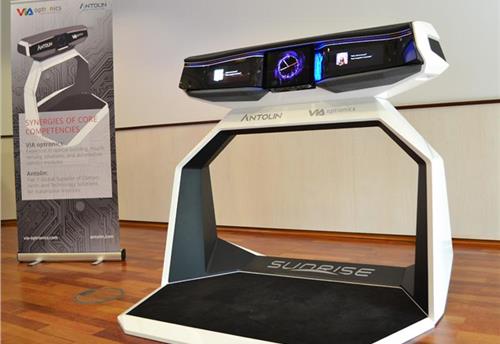BharatBenz and VECV to become formidable players in HCV segment: Frost & Sullivan
The optimist views taken by the report focus on factors such as increase in volumes added with positive regulatory changes, entry of new global players and customers looking beyond a low-cost product towards productivity and efficiency at a price premium.
The heavy commercial vehicles or heavy-duty truck market in India is moving away from basic economy trucks to value trucks, says a report by Frost & Sullivan. The Indian HCV markets major players Tata Motors, Ashok Leyland, Mahindra, SML Isuzu will need to invest more in technology and explore export markets, to compete with new entrants like BharatBenz and VECV (Volvo and Eicher Commercial Vehicles) that already have future-ready technology and look towards becoming a formidable force in the coming decade.
The optimist views taken by the report focus on factors such as increase in volumes added with positive regulatory changes, entry of new global players and customers looking beyond a low-cost product towards productivity and efficiency at a price premium.
This will give a distinct advantage to OEMs that have the ability to provide complete truck solutions to customers. The report speaks about the challenge that value trucks currently face is that they account for less than 10 percent of the market, along with volatility in freight rates, higher fuel prices, and overcapacity that has been slowing investments.
Bullish on the users focus towards higher productivity, efficiency and lower total ownership costs that is expected to steadily push value truck growth rates ahead of the economy trucks segment.
“Higher reliability and productivity are the major benefits of value trucks with overall cost of ownership being the major USP,” said Sunny Manjani, program manager, Mobility Practice, Frost & Sullivan. “However, the poor availability of drivers and growing importance of comfort and safety will require value-added services to be packaged in the value truck offerings for increased uptake and customer retention.”
The significant trends that are shaping the Indian HCV market include:
-- Improving power-to-weight ratio of Indian HD trucks, which are expected to reach current levels of those in China and South Africa within three to four years.
-- Immense potential for value trucks in South Asia, ASEAN, Africa and the Middle East that will encourage Indian OEMs to look at a larger market and compete with Japanese, Chinese, European, and South Korean OEMs offering value trucks.
-- Intensifying demand from cement, parcel, coal and infra development industries will propel truck makers to explore customised solutions for better returns.
“Market-leading, home-grown players should invest more in technology as well as look for more opportunities in export markets,” noted Manjani. Their future-ready technology will enable entrants like BharatBenz (Daimler India Commercial Vehicles) and VECV (Volvo and Eicher) to become formidable players in the coming decade. Other major participants in the India HD truck market include Tata Motors, Ashok Leyland, Mahindra, and SML Isuzu.
RELATED ARTICLES
Marelli Talbros Chassis Systems wins Rs 1,000 crore business from European OEM
The order, to be executed over an eight-year period, is for the supply suspension arms tailored for both conventional in...
Kia launches customised NBA display themes for North American market
Display Themes is a customised service that supports a personalised vehicle experience, allowing users to customise the ...
Antolin and VIA Optronics unveil versatile vehicle cockpit concept
The Sunrise vehicle concept cockpit, which is engineered for seamless transitions between manual and autonomous driving ...





 11 Aug 2017
11 Aug 2017
 11918 Views
11918 Views





 Autocar Pro News Desk
Autocar Pro News Desk




